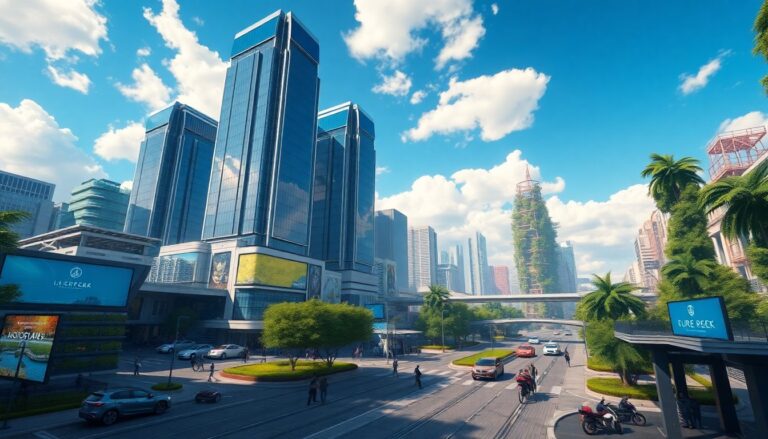Argomenti trattati
Problem/scenario
The popularity of open-world games has surged, driven by titles like Grand Theft Auto V and The Legend of Zelda: Breath of the Wild. Over half of gamers now prefer open-world formats, as reported by a recent survey from Game Developer Magazine. However, the industry faces challenges such as content saturation and shifting player expectations, prompting developers to reevaluate their strategies.
Technical analysis
Open-world games rely on sophisticated game engines to craft immersive environments. Unlike linear games, these engines facilitate non-linear gameplay, allowing players to explore expansive landscapes at their own pace. Two leading engines, Unreal Engine and Unity, illustrate distinct methodologies: Unreal Engine prioritizes high-fidelity graphics, while Unity focuses on accessibility for smaller developers. The selection of an engine has a profound effect on the player experience.
Operational framework
Phase 1 – Discovery & foundation
- Map themarket landscapefor open-world games.
- Identify 25-50 key features that define successful titles.
- Conduct player surveys to gather insights on expectations.
- Set up analytics tools to track player engagement.
- Milestone:Establish a baseline for player retention rates.
Phase 2 – Optimization & content strategy
- Revamp game design for enhancedexploration mechanics.
- Implement fresh content updates to maintain player interest.
- Enhance cross-platform presence throughcommunity engagement.
- Milestone:Achieve a 20% increase in active player numbers.
Phase 3 – Assessment
- Track essential metrics, including player feedback, engagement levels, and revenue.
- Utilize tools such asSteam AnalyticsandUnity Analytics.
- Conduct regular playtests to gather direct insights from players.
Phase 4 – Refinement
- Iterate monthly based on player feedback and engagement data.
- Identify emerging trends and adjust gameplay mechanics as needed.
- Update content according to player behavior to enhance retention.
Immediate operational checklist
- Ensure clear tutorial systems are established for new players.
- Implement accessible design features for players with disabilities.
- Regularly update game content to maintain a fresh universe.
- Engage with community feedback through forums and social media platforms.
- Continuously monitor performance analytics for ongoing optimizations.
Prospects and urgency
The evolution of the open-world genre underscores the necessity for continuous innovation. Developers who do not adapt may lose their audience to more agile rivals. Upcoming years are expected to bring substantial changes in gameplay design and player interaction, highlighting the need for studios to remain proactive in identifying and responding to emerging trends.

